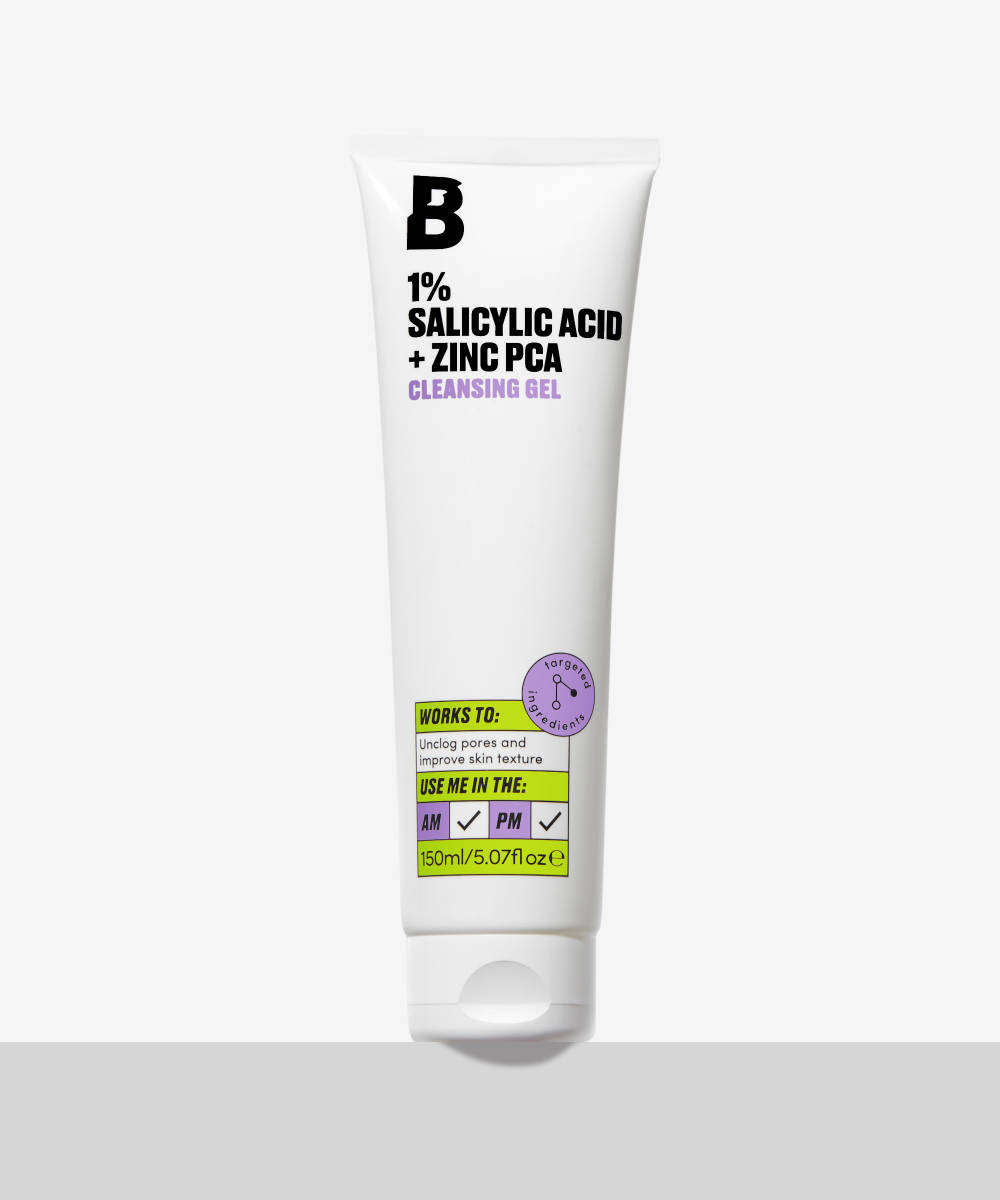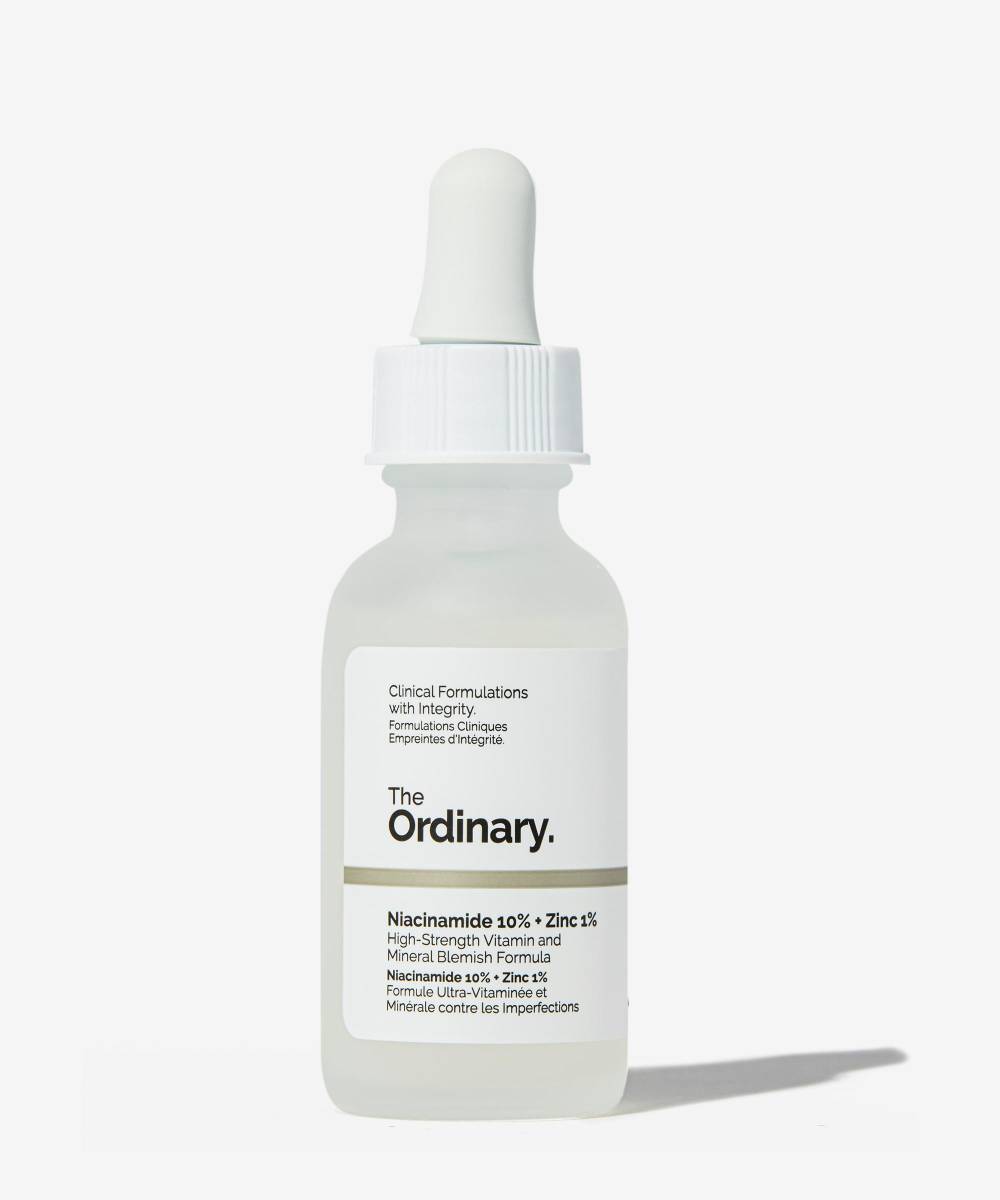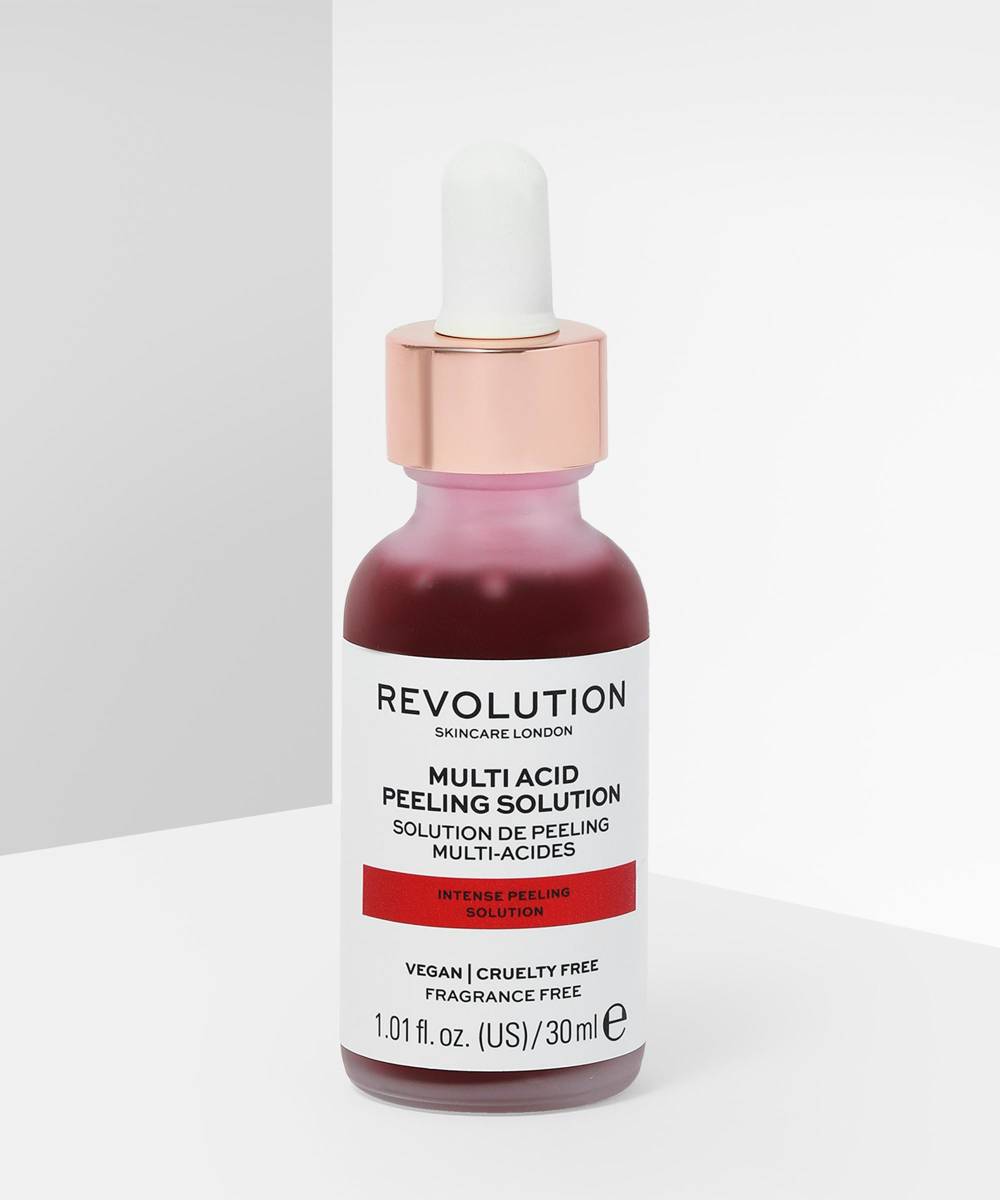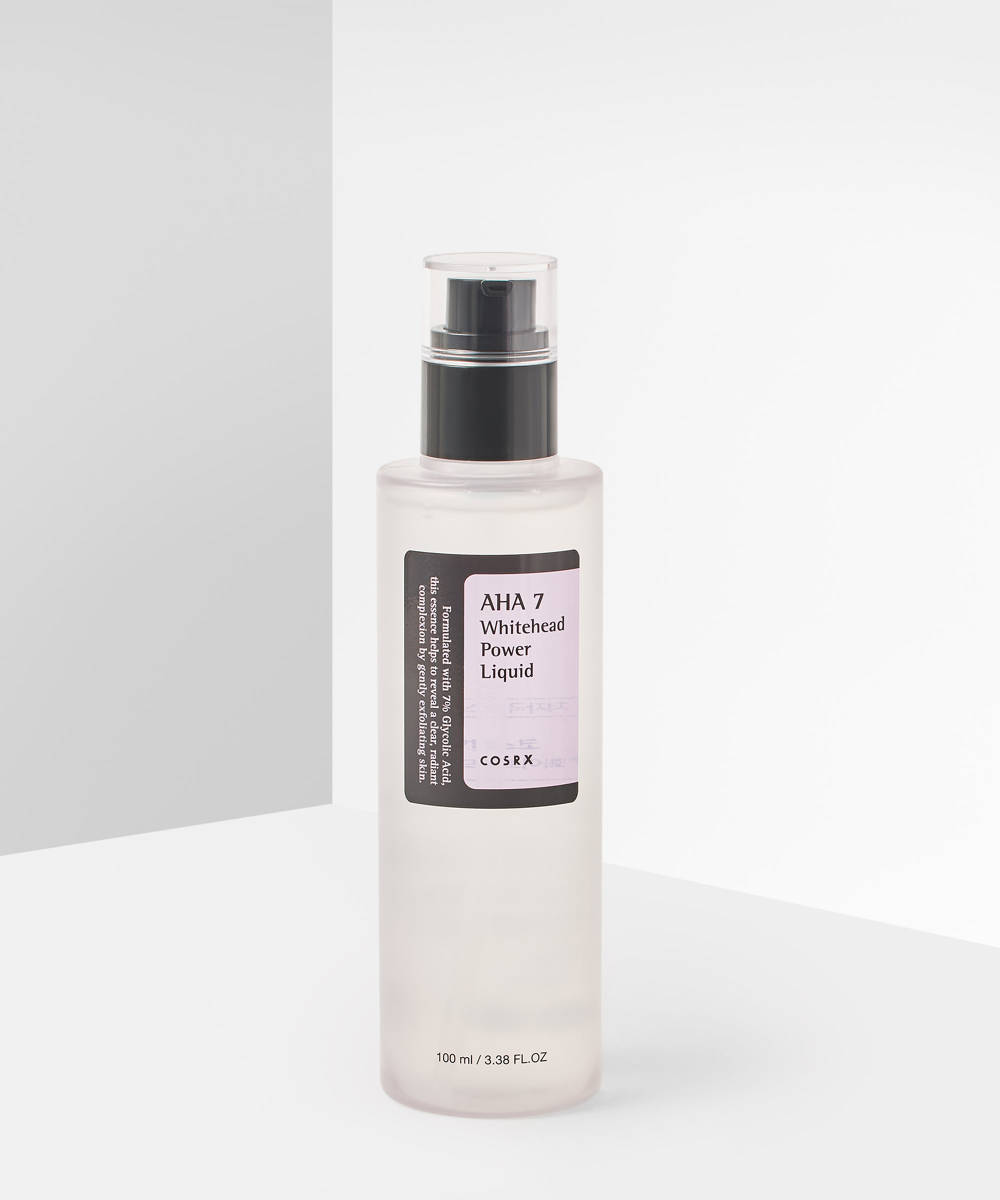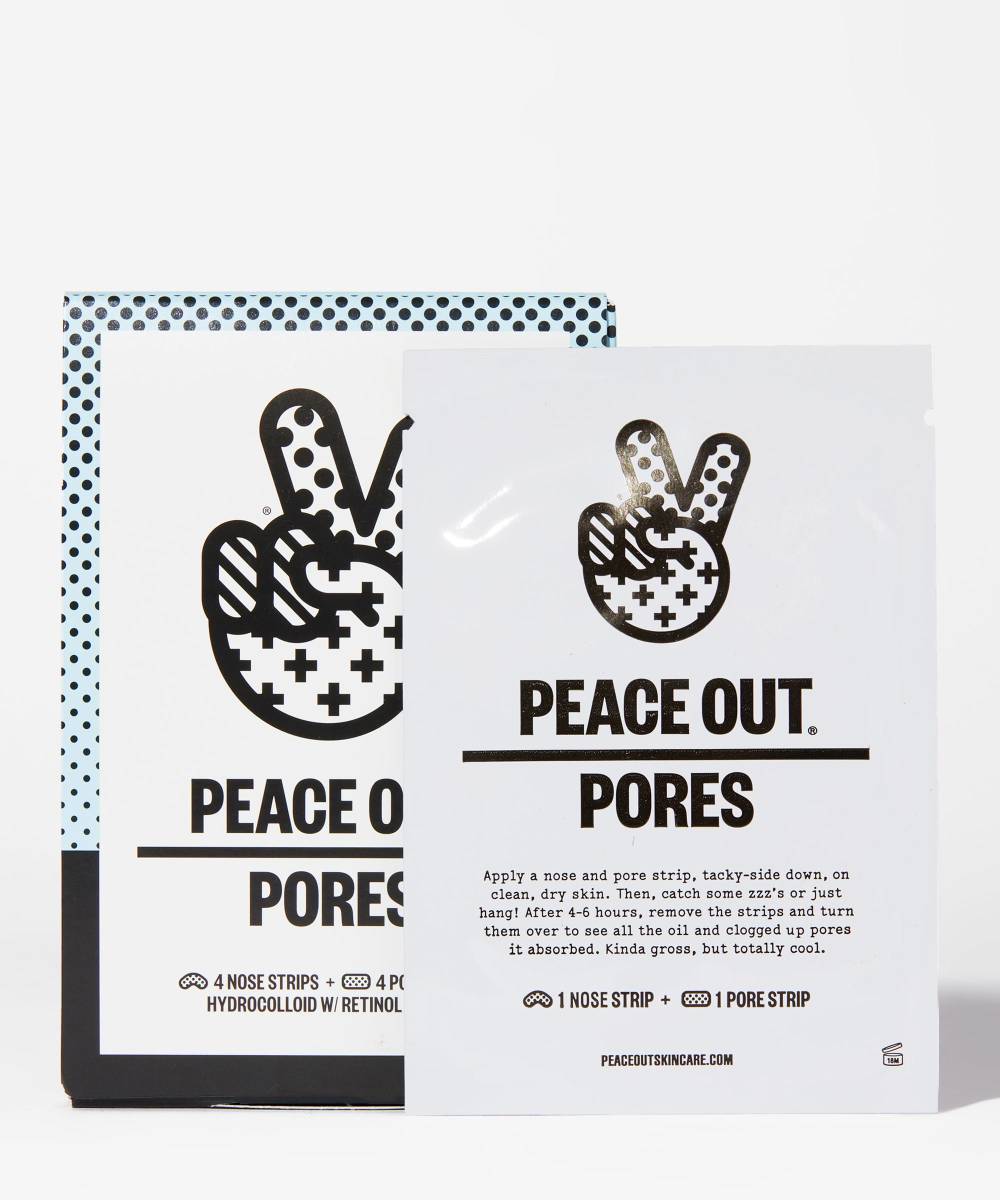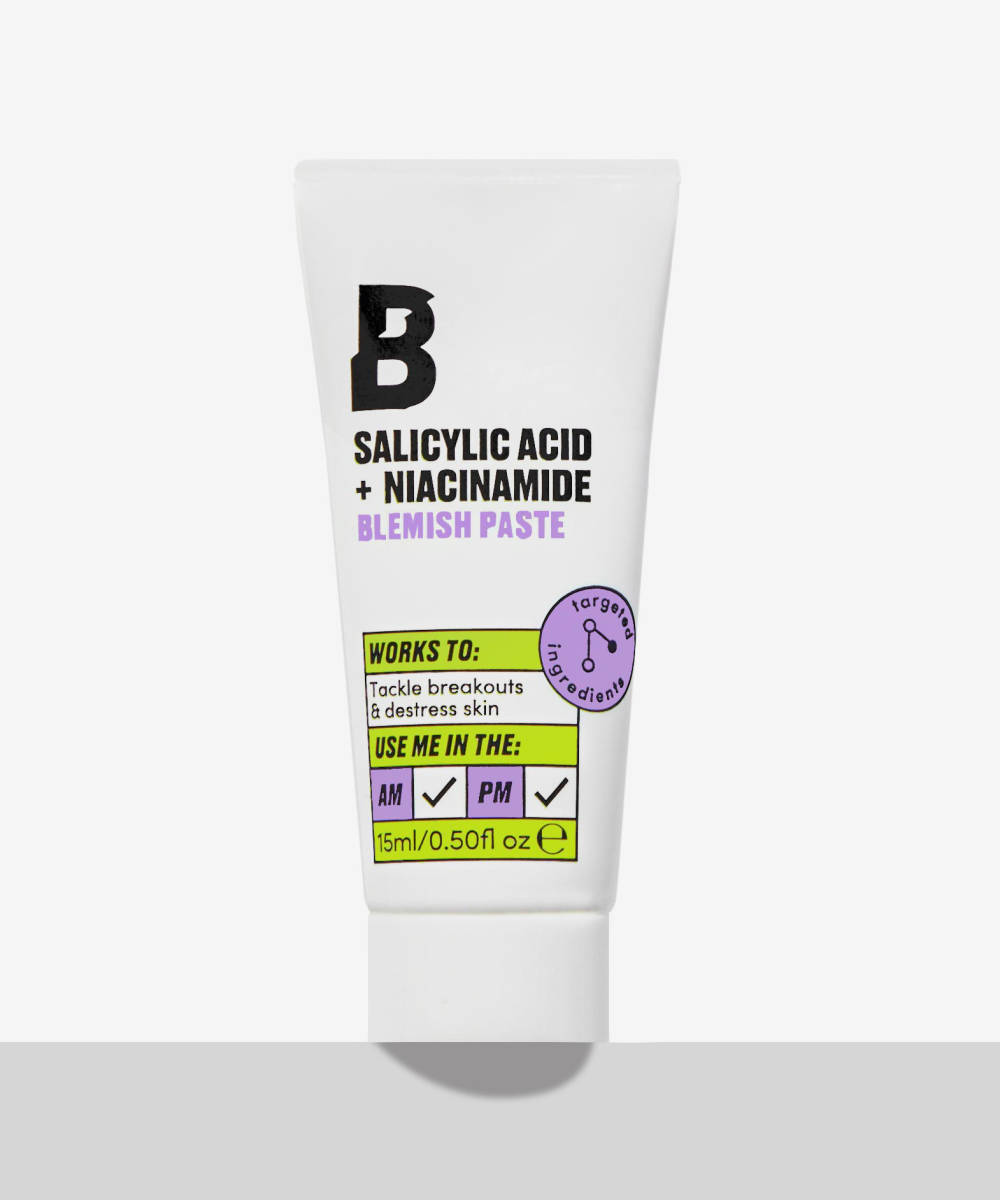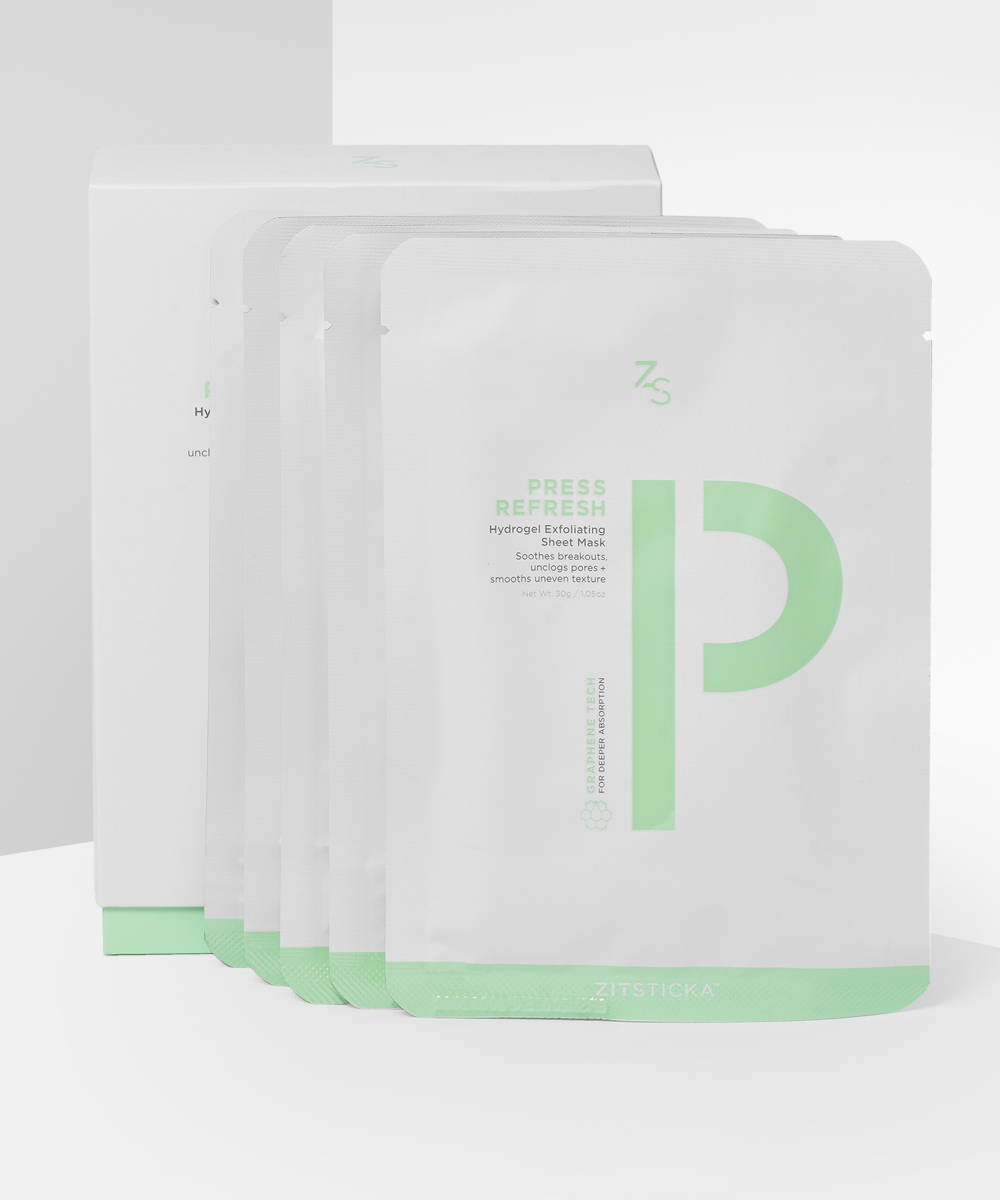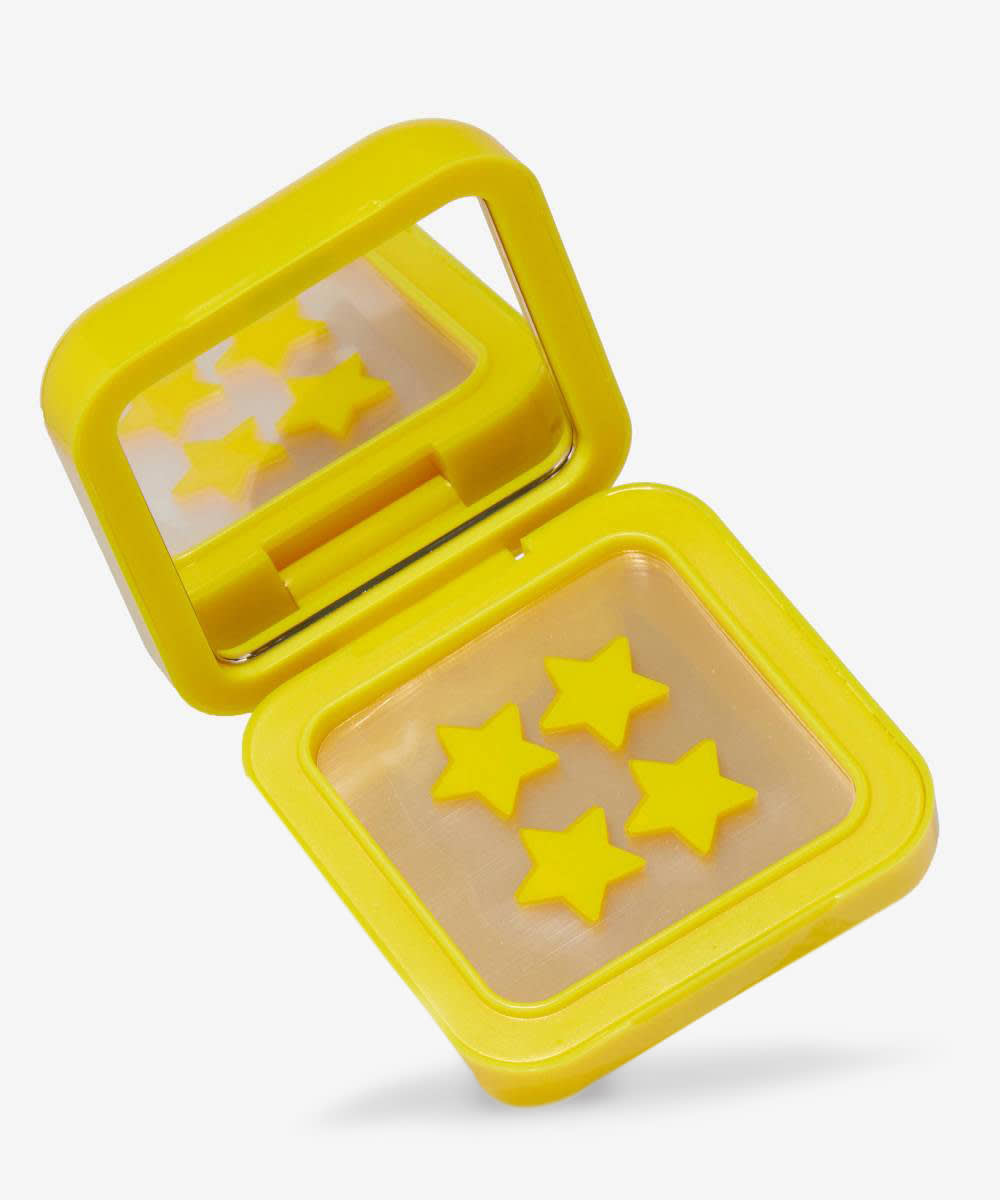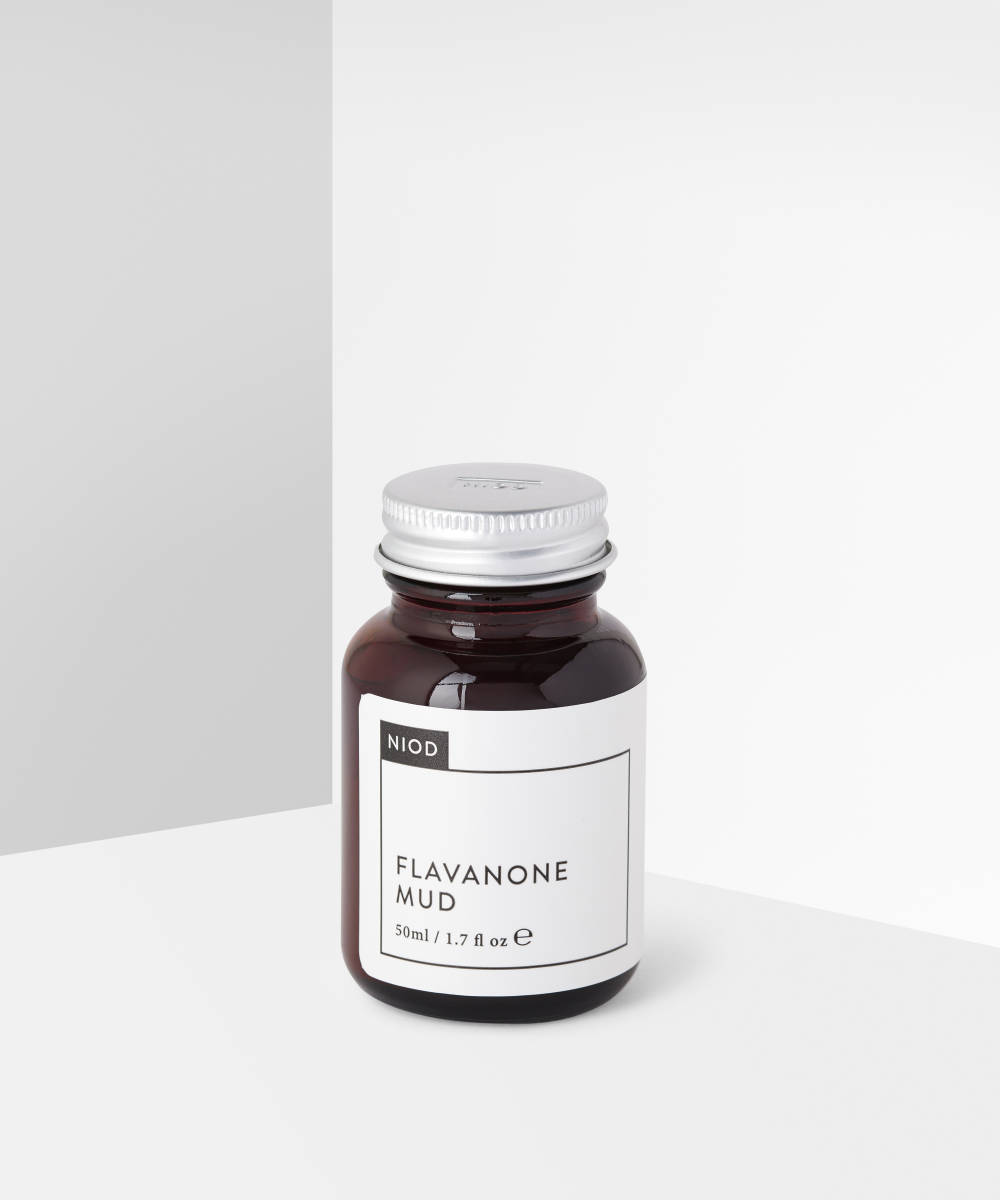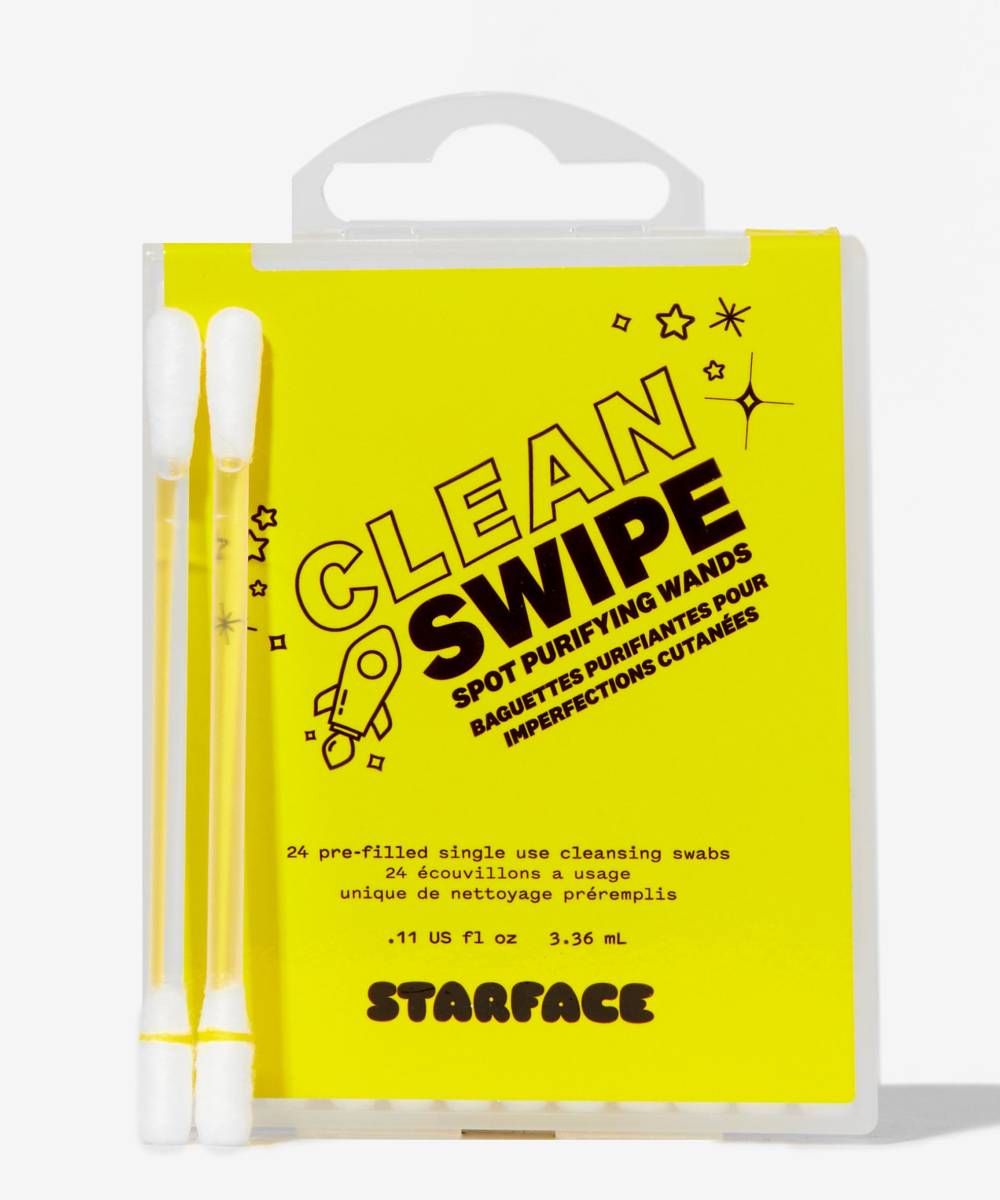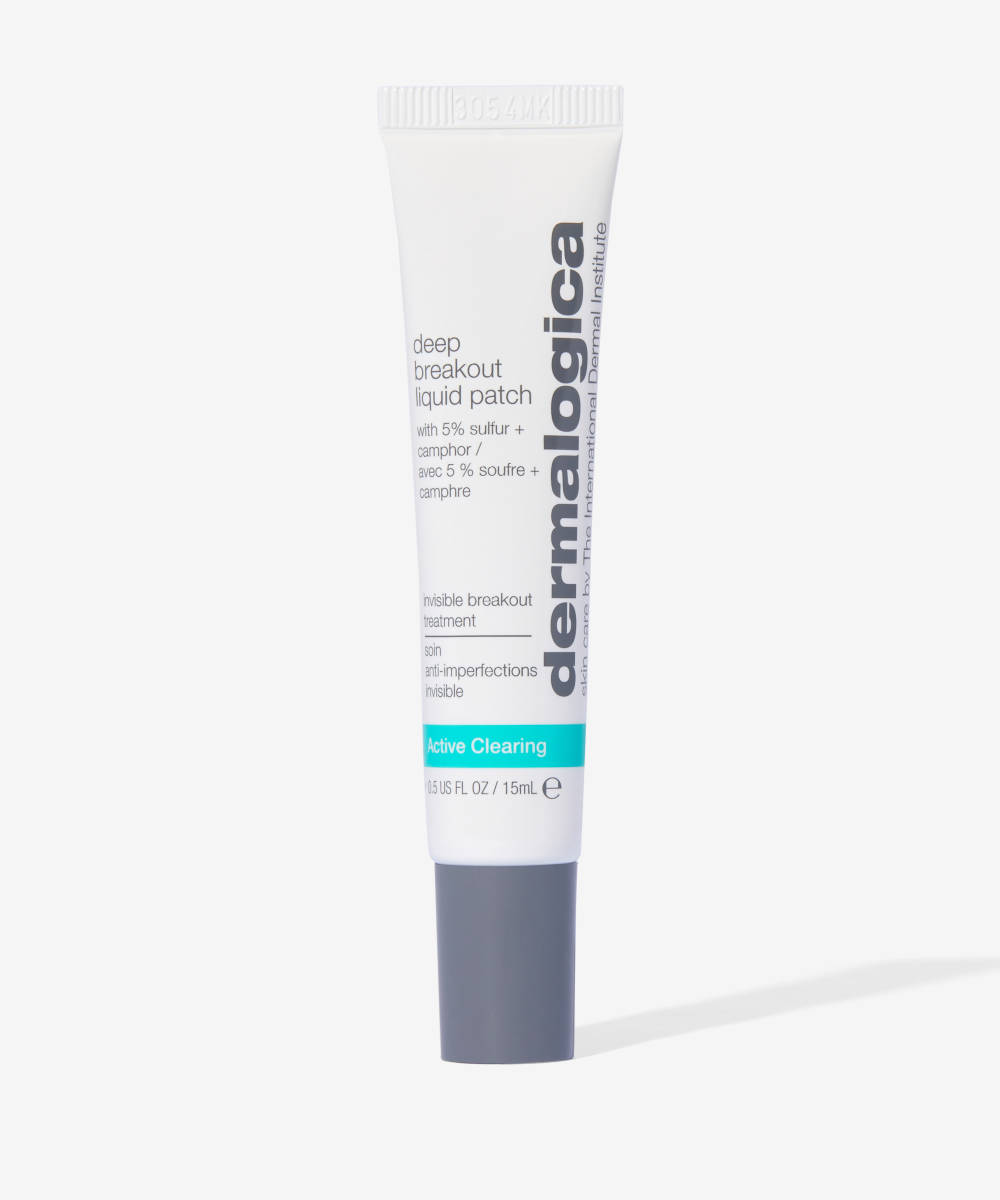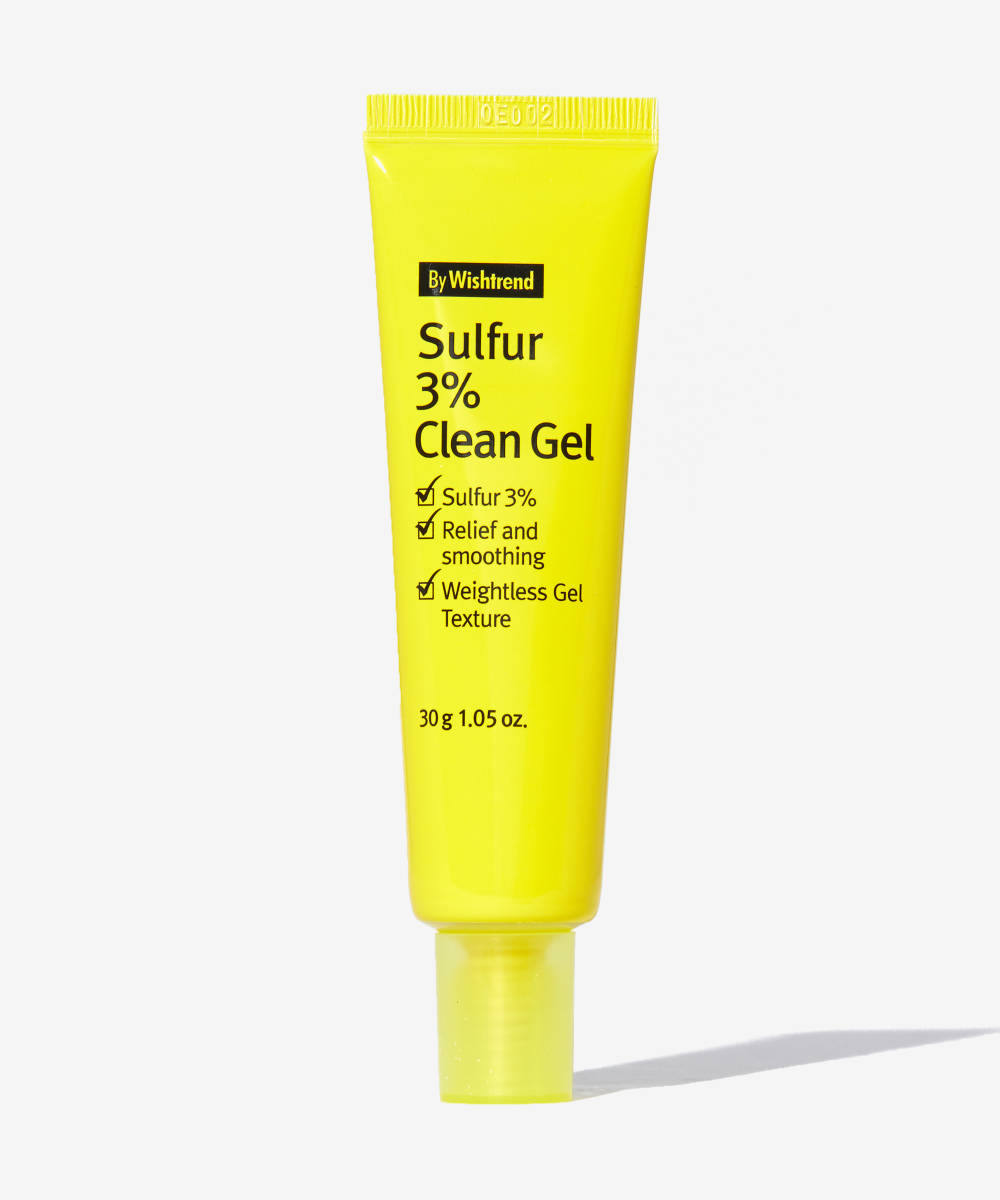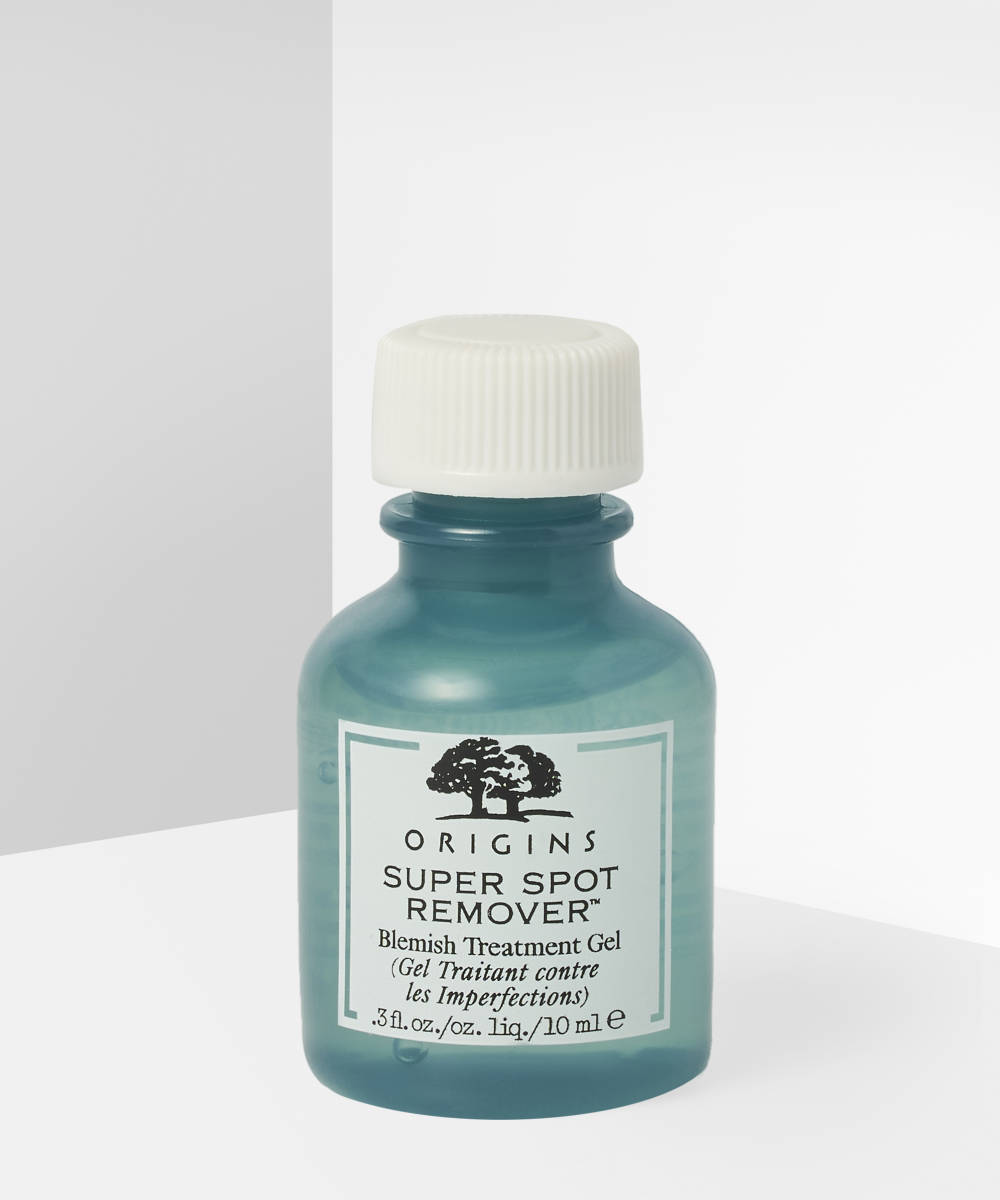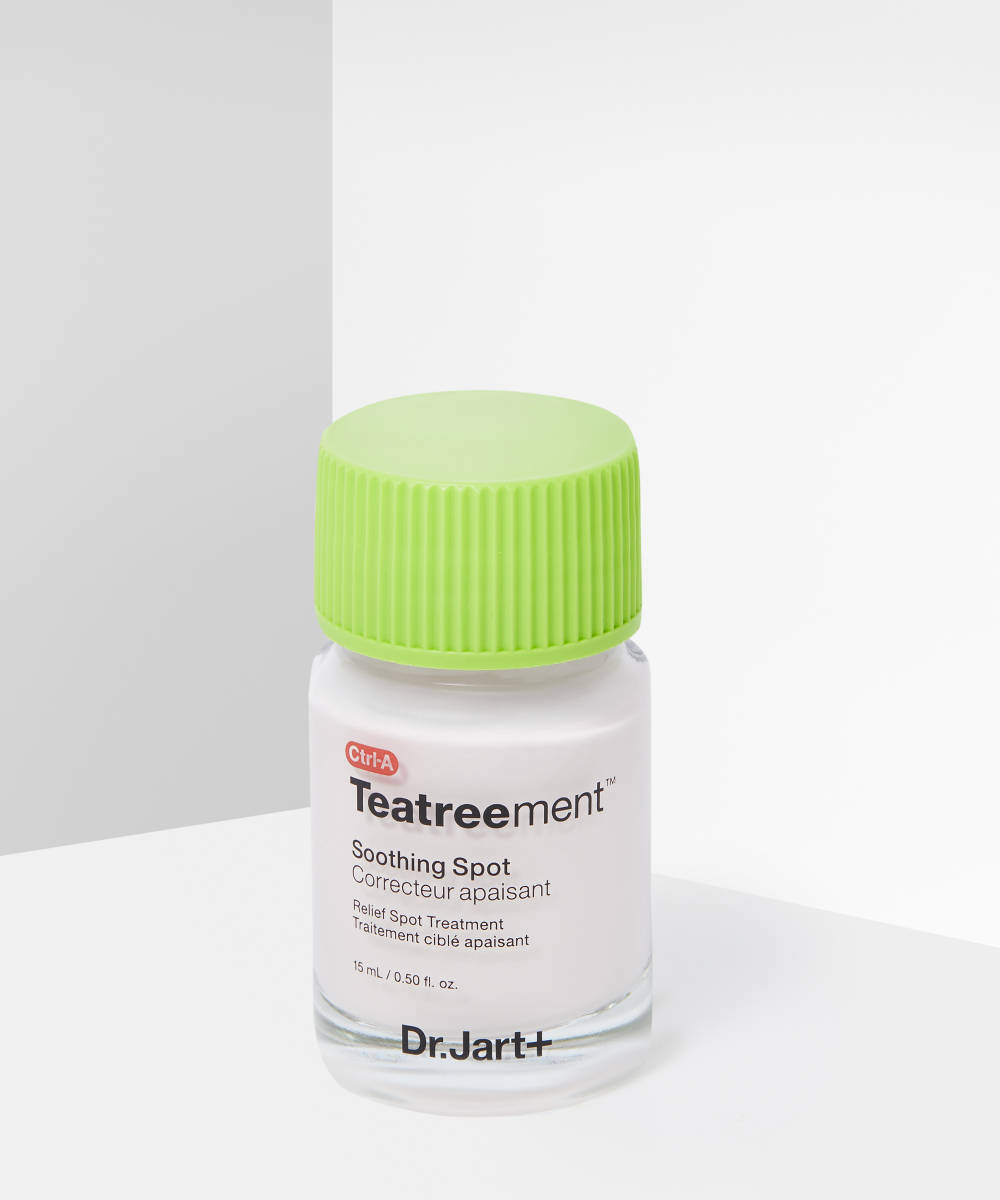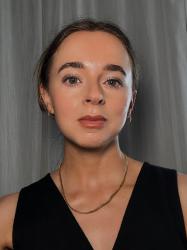It’s a truth universally acknowledged, that acne is no joke. Triggered by an unfortunate combination of hormones, genetics, and bacteria, all of which lead to different types of breakouts, each with their own symptoms and requiring their own separate game plans to get rid of. We often mis-identify and treat breakouts in the same (panicked) way, but once you figure out what you’re seeing on your skin, it gets easier and quicker to treat and prevent your acne. If you’re wondering what the different types of acne look like, how to treat them, how to identify different types of acne, and what causes them, you’re in the right place.
Scroll down for your ultimate guide to identifying, understanding, and treating the different types of acne, including blackheads, whiteheads, pustules, papules, cystic pimples, and nodules. Plus, the best ingredients and products to treat them with.
1. Blackheads
Blackheads (or open comedomes) are a common form of mild acne often experienced by those with oily skin, and typically found in the T-zone area (forehead, nose, and chin). They form their colour as a result of oil and dead skin clogging pores and oxidising (as it’s exposed to air), which turns them black. As blackheads, they don’t typically cause any textural irregularity or pain until the pore is clogged and inflammation begins. Pores are often mistaken for blackheads, but a blackhead will really stand out from the pores around it and looks much darker.
2. Whiteheads
Similarly to blackheads, whiteheads (or closed comedomes) are basically clogged pores, formed when excess oil and dead skin cells block the opening of the pore. However, as they are ‘closed’ at the surface of the skin and don’t come into contact with air (in order to oxidise), they retain a white or pale yellow colour and don’t appear as noticeable as blackheads on the skin’s surface.
3. Pustules
Not all blackheads and whiteheads become inflamed, but if the pore becomes extremely clogged the skin begins to swell and a pustule is formed. Pustules are what many people would consider to be a typical ‘spot’ and are essentially infected pores, named for the pus that fills them. Pustules usually appear as a white dot surrounded by inflamed, red skin that swells into a bump.
4. Papules
Papules are the tiny red spots that don’t form a head or appear to break through the skin’s surface. They’re caused by the growth of acne bacteria on the skin’s surface which triggers inflammation and causes sore, red bumps. These types of spots can be hard to treat as they don’t have a head.
5. Cystic
One of the more extreme and severe forms of acne, cystic breakouts appear as swollen lumps under the skin, filled with pus that has nowhere to go. They gradually become sorer as they worsen, and once they become inflamed or rupture, are incredibly painful to touch. Cystic breakouts are deep-rooted in the skin tissue so don’t always come to a head and often reappear in the same place – they’re notoriously hard to get rid of for good and often leave scars.
6. Nodules
Similarly to cysts, nodules are large, hard lumps that build up below the skin’s surface, caused when a pore ruptures under the skin. Unlike cysts, nodules don’t contain fluid, so they tend to be harder and more painful.

